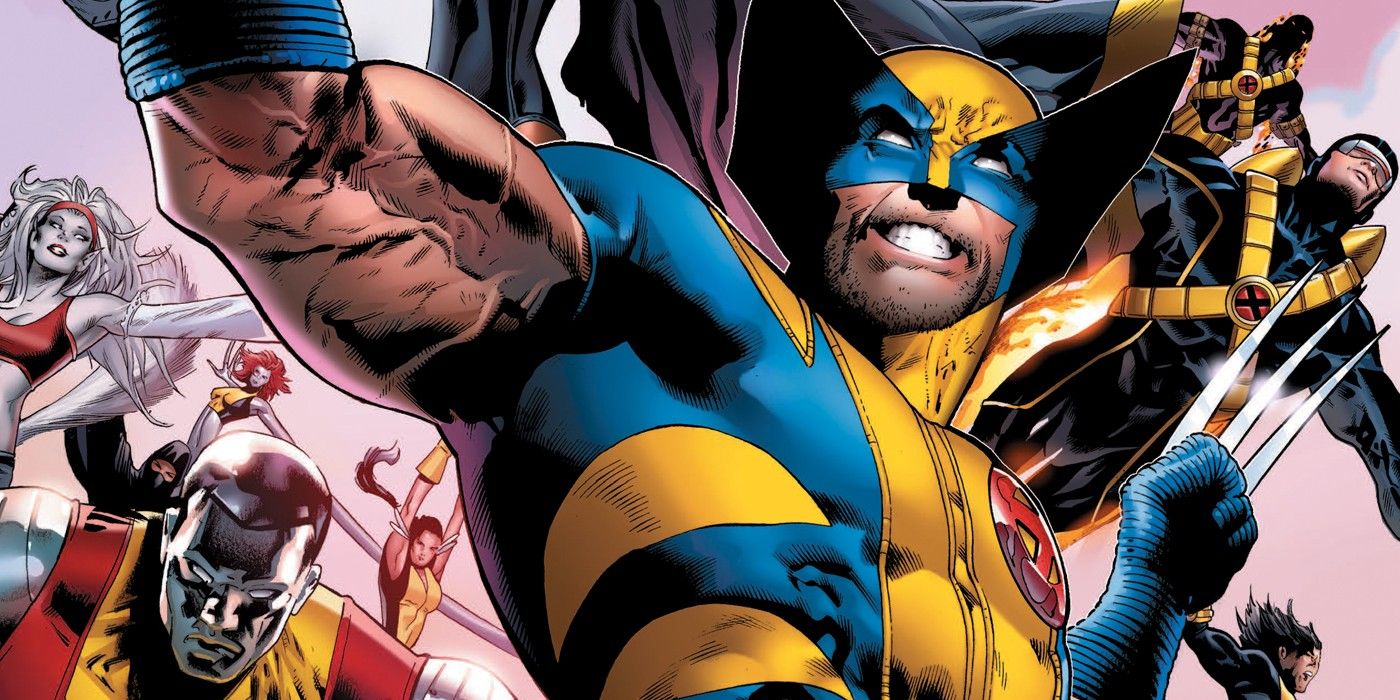After the mutant decimation, the X-Men attempted to create a new mutant haven on the West Coast, specifically San Francisco.
Mutants have rarely, if ever, been accepted by human society. Over the years, the X-Men have found it difficult to find a home amongst humankind.
For a brief time, however, Marvel’s Mutants were able to set up shop in San Francisco.
After the events of “Messiah Complex,” the X-Men had disbanded and scattered across the globe. In Uncanny X-Men #495, by Ed Brubaker and Mike Choi, it was revealed that Angel and Hepzibah had gone to San Francisco. On the west coast, these X-Men were victims of The Goddess, who had transformed San Francisco back into 1969. Cyclops and Emma Frost soon arrived, and the mutants saved the city. As a show of gratitude, San Francisco’s mayor welcomed mutants everywhere.
In Uncanny X-Men #500, by Ed Brubaker, Matt Fraction, Greg Land and Terry Dodson, Cyclops called all of the world’s mutants to San Francisco, establishing a new haven for mutantkind. In the wake of the mutant decimation, this new home was a major boon for the X-Men.
Marvel’s Mutants established an embassy with an underground headquarters, while Nightcrawler soon built his own chapel for religious services. Beast helped to assemble X-Club, a group of scientists led by Dr. Nemesis tasked with re-igniting the x-gene.
During “Secret Invasion,” the X-Men were able to defend San Francisco from the Skrulls, proving themselves heroes once again. Naturally, the X-Men kept running their school for young mutants, but Cyclops also began developing an army of mutants to defend from impending threats.
Despite all of the good San Francisco did for the X-Men, there were still many dangers to mutantkind. Almost immediately, Magneto and a group of Sentinels attacked the X-Men. Afterward, The Children of the Atom were confronted by groups such as the Hellfire Cult, who viciously attacked mutants in the streets. Madelyne Pryor was also alive, returning to form her own Sisterhood of Mutants. The Sisterhood attempted to resurrect Jean Grey’s body and transfer Madelyne’s consciousness inside. Fortunately, with the aid of the newly-returned Psylocke, the Sisterhood was defeated. One of the biggest threats to mutantkind came from Humanity Now!, an organization which attempted to legislate mutant reproduction.
After this legislation was proposed, protests occurred in San Francisco. These protests quickly turned into riots, and Norman Osborn sent his Dark Avengers in to take down the X-Men. Fortunately, the X-Men salvaged a piece of Asteroid M to create Utopia, a mutant island off the coast of San Francisco. While the X-Men successfully fended off the Dark Avengers, they were forced to sacrifice their new home. The events in San Francisco ultimately demonstrated that no matter how accepting a community may have seemed, mutants have never been able to escape persecution. Coexistence with humanity is an almost insurmountable task, even in San Francisco, where mutants were welcomed with open arms. In the face of near-extinction, mutants didn’t have the luxury of living alongside humans anymore.
Looking at the X-Men’s move to Utopia, this decision made a lot of sense. Mutants needed a true sanctuary where they could go with no fear of oppressive organizations or deadly cults. Groups like Humanity Now! and the Hellfire Cult were far too dangerous to live alongside, considering the dwindling numbers in the mutant population. Despite the isolation of Utopia, the X-Men still fought for the people of San Francisco. When vampires attacked, the X-Men were there to defend mutants and humans alike from these deadly creatures. During “Fear Itself,” the X-Men fought against the Serpent’s dangerous servants, protecting the community. Even now, while mutants have their own community on Krakoa, they still fight for everyone. The recent “King in Black” event demonstrates just how heroic the X-Men remain. Although humans might not always accept mutants, the X-Men are willing to defend everyone.
About The Author
